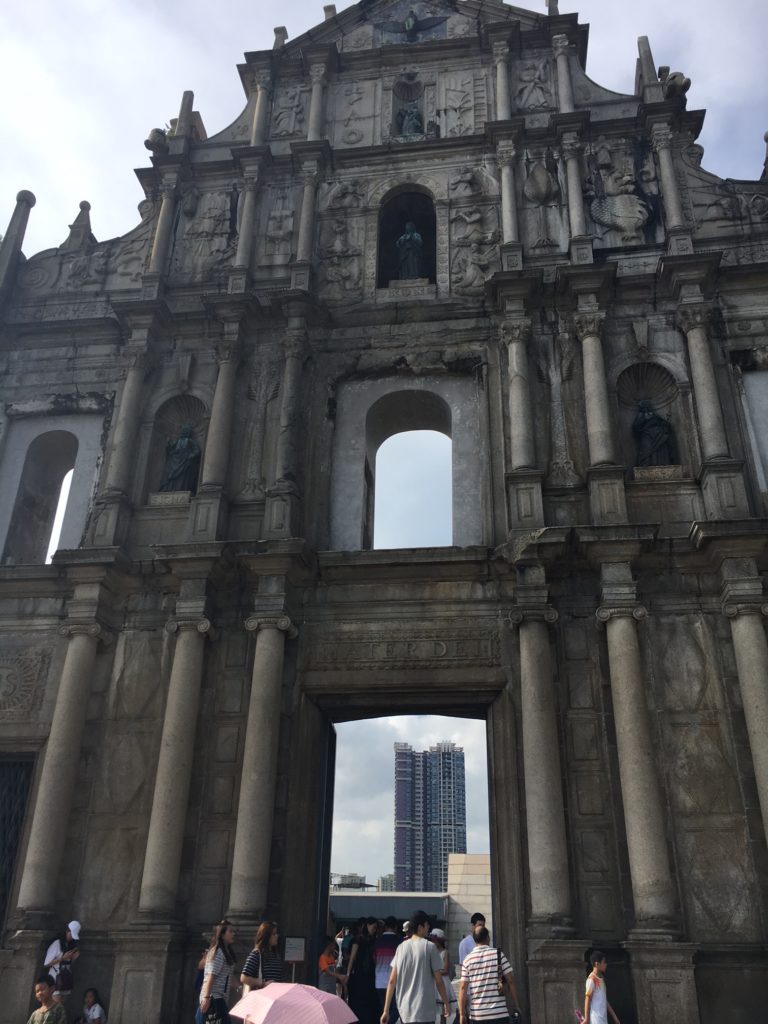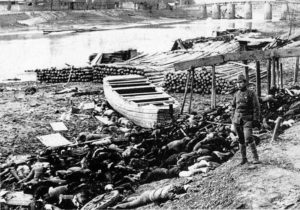Supernatural China and the Ghost House

Every Halloween I write a blog post about the supernatural or the mysterious, from a book review regarding a Russian mystery, to a description of the best podcasts to make you afraid. Last summer I did fieldwork on public policy and infectious disease in southeastern China, during which I traveled to Hong Kong, Macau and Shenzhen. I was delighted by the ancient temples in Hong Kong, and fascinated by the enduring strength of traditional religion in the region. In fact, I was very disappointed to find that I was leaving Hong Kong one day before the “Festival of Hungry Ghosts” began on August 25th. But I was surprised to find that even urban and energetic Shenzhen is haunted by its past. This is surprising since the city has a population of perhaps 12 million people today, while it had a population of at most 30,000 in 1979. When I visited the Shenzhen Museum (which is both free and excellent, if you are interested in urban development) they had pictures of neighborhoods in the 1980s that were little more than fields. These pictures were juxtaposed with photos of Shenzhen currently, where developers compete to build the highest skyscraper. There can have been few places where development has so quickly erased the past. The city is filled with sweeping avenues, towering sky-scrapers, world-class architecture and graceful parks. It was painful to contrast the new public works in Shenzhen with the sometimes antiquated state of subways, bridges and roads in the United States. Yet even here, the city is haunted by disturbing memories. …




![This letter written by Mi Fei. By 米芾(べい ふつ、1051年 - 1107年、中国の北宋末の文学者・書家・画家) [Public domain], via Wikimedia Commons](https://www.introtoglobalstudies.com/wp-content/uploads/2017/01/This_Letter_written_by_Mi_Fei.jpg)
